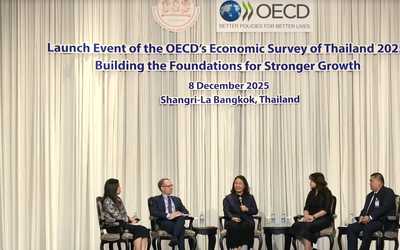Monetary Policy, the Financial Cycle and Ultra-low Interest Rates
Abstract
Do the prevailing unusually and persistently low real interest rates reflect a decline in the natural rate of interest as commonly thought? We argue that this is only part of the story. The critical role of financial factors in influencing medium-term economic fluctuations must also be taken into account. Doing so for the United States yields estimates of the natural rate that are higher and, at least since 2000, decline by less. As a result, policy rates have been persistently and systematically below this measure. Moreover, we find that monetary policy, through the financial cycle, has a long-lasting impact on output and, by implication, on real interest rates. Therefore, a narrative that attributes the decline in real rates primarily to an exogenous fall in the natural rate is incomplete. The influence of monetary and financial factors should not be ignored. Exploiting these results, an illustrative counterfactual experiment suggests that a monetary policy rule that takes financial developments systematically into account during both good and bad times could help dampen the financial cycle, leading to higher output even in the long run.









